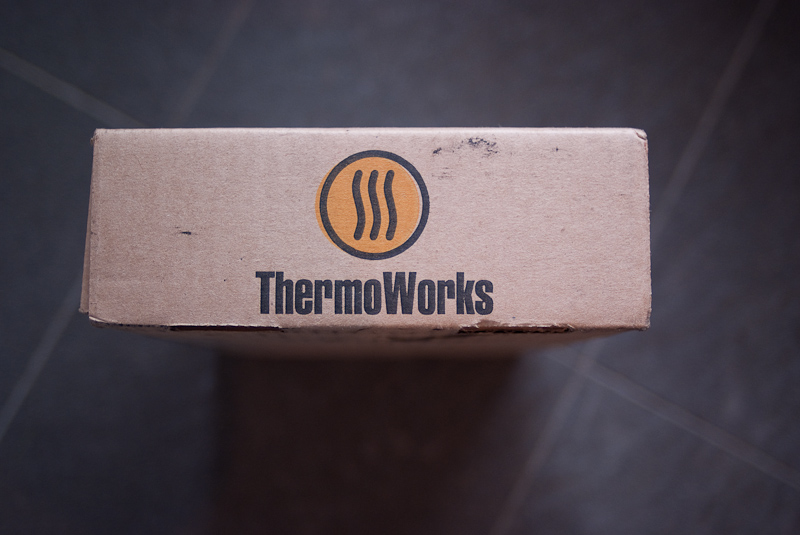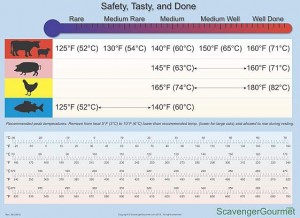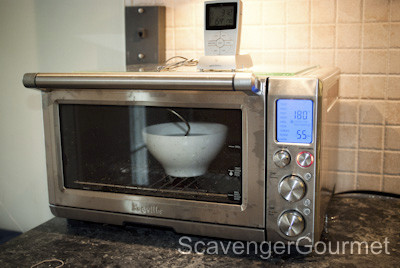So, as I alluded to a while ago, I bought myself a Thermapen instant-read thermometer!
First I’d like to talk about buying a Thermapen in Canada, from where yours truly hails. In short, you can try to buy locally (as I always prefer) or import them from either the US or the UK. Preferring to buy locally, I looked around…and around…and around, and only found one supplier, and they came in at a significantly higher cost than anywhere else I could find on-line. Ultimately, I decided to order from ThermoWorks.com, as they were having a sale on at that point which included an oven probe-type thermometer (more on that some other time) and they have a great shipping deal. Shipping is often a major cost consideration in Canada, as it can often be 50-100% of the item you’re importing! Shipping to Canada via FedEx was $19, including all taxes and duties. You just can’t do better than that! I really have to commend ThermoWorks for finding such a great price.
Anyway…on with the unboxing!



